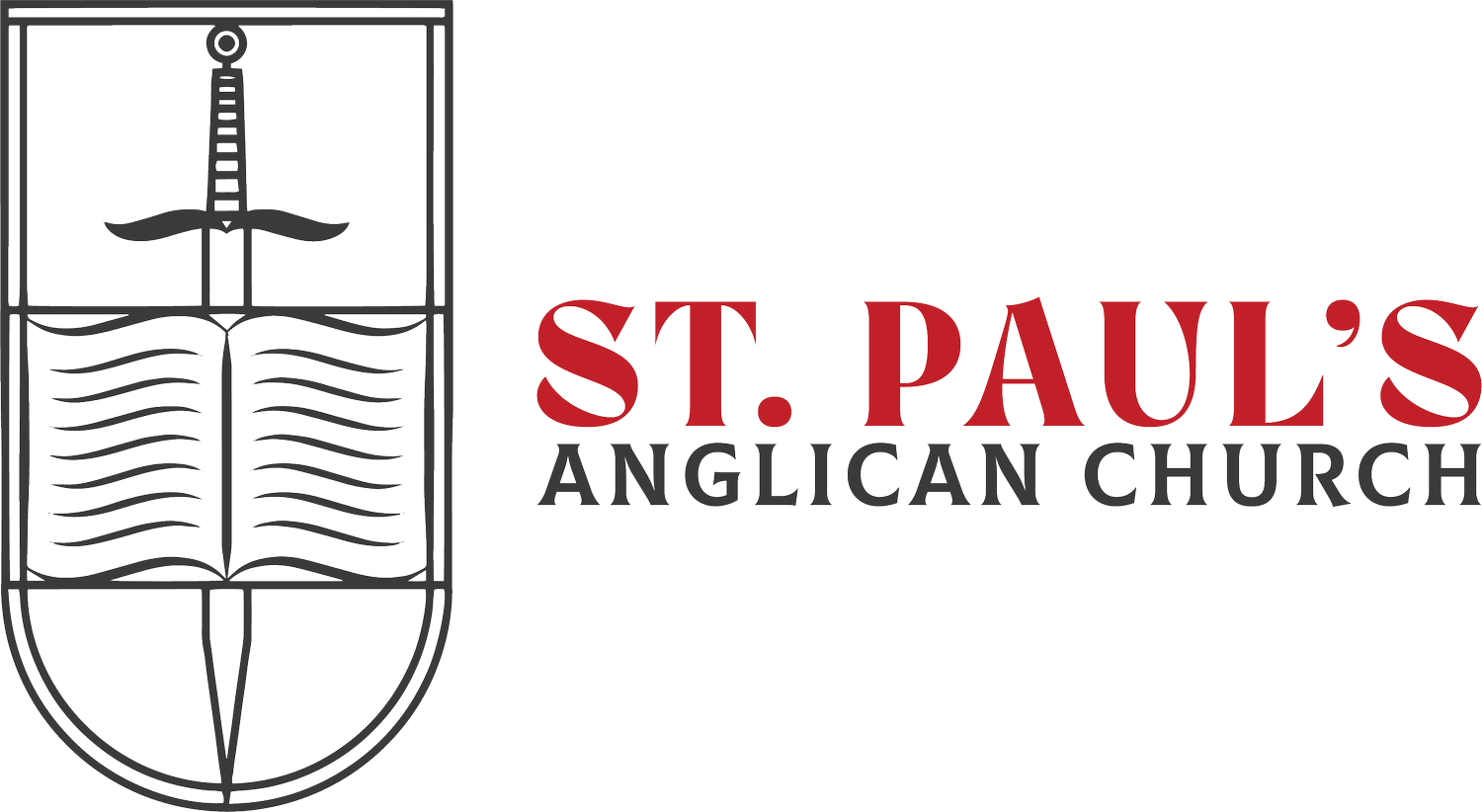Reflections: Double Polarity - Baptism and the Christian Life
One of the great debates in Christian theology is whether Christ’s righteousness is imputed or imparted to the Christian. The doctrine of imputation occurs within a legal framework: sinful humanity cannot meet the demand of God’s perfect righteousness; in becoming incarnate and dying on the cross, Jesus does what humans could not do by satisfying that demand. Imputation, then, is the “legal (or forensic) crediting of Jesus’s perfect righteousness to believers by faith for justification” (Brandon Crowe, “What is Imputation”). Many who emphasize this position often hold it over and against the idea of imparted, or infused, righteousness. According to those who emphasize imparted righteousness, they believe that God infuses righteousness into the soul by the Sacraments and participation in the divine life.
When these two views are absolutized, they risk turning into caricatures. Imputation by itself cannot account for sanctification, that we must become holy. Impartation can become legalistic and overly-obsessed with works. The tension between these two points of emphases leads to an important question: how do we understand the Christian life—a resting in God’s pronouncement of us based on an alien righteousness, or a cooperation with grace based on a process of becoming? Even more fundamentally, what does baptism do to us?
Anglican theologian L.S. Thornton (1884-1960) is helpful on this point. He is an underrated thinker among Anglicans. His book The Common Life in the Body of Christ is a tour-de-force through the Pauline corpus, even while its somewhat clumsy organization and digressive prose makes it a challenging read. In the book, he proposes a solution to the imputation/impartation dilemma called “double polarity:
“From one point of view the great transformation in the Christian life has already taken place once for all in baptism. We have been made partakers of Christ in the fullest sense…from another point of view the greatest transformation exists only in germ in each of us. Its fruition lies in the future, and we are summoned to seek that fruition” (60-61).
There is a dialectical tension between the “already” and the “not yet.” At one pole, the Christian has already been decisively incorporated into Christ via their Baptism. Thornton goes on to say, “The whole work of our salvation was accomplished in Christ’s death and resurrection. By Baptism we were made partakers in the fulness of this salvation.” But the “not-yet” pole reminds us that reception of the Sacrament is only the beginning of “a process which must be both gradual and prolonged” (64). The culmination of Baptism is yet to come.
For Thornton, this reality can be conveyed by the image of “grafting” which St. Paul discusses in Romans (4:25; 6:5; 9-11). People are grafted into the holy tree through Baptism which identifies them with the death of Christ. Grafting itself has two aspects: (1) the scion is attached to the rootstock; (2) the consequent integration where the two become one. Just as the scion becomes a part of the root, so Baptism attaches a person to the Church. yet, the new organism must grow together so as to solidify its union, just as the Christian must become increasingly like Christ, being seamlessly integrated into his Body. This is why the danger of apostasy is ever-lurking in the New Testament; apostasy is when the process of growing into Christ is terminated before its end point. As a seed is only good insofar as it reaches its end by growing to fruition, so Christians are good only insofar as they reach the their end, conformity to Christ.
Circling back to the question of imputation and impartation, then, it seems that both positions arrive at the truth (though perhaps we could say one more than the other). There is a sense in which the Christian is declared righteous in a way that does not match their present reality. Similarly, while Baptism remits all sin, original and actual, it does not once and for all conquer concupiscence. The newly baptized Christian still has a long journey ahead of them. The beginning and end points of the Christian life must correspond to one another; the cruciformity of Christ must characterize the individuals and communities which claim to follow him and comprise his Body. Another great Anglican theologian named E.L. Mascall summarizes this more succinctly by state, “since God is the Creator, he cannot impute without imparting” (Christ, the Christian, and the Church 82). God spoke creation into existence: when he said “Let there be light,” light burst forth into being. When God declares a person to be righteous, they really become so. The process whereby it occurs may seem arduous with many fits and starts. It may even seem like a discernible positive trajectory is lost as life’s path takes its twists and turns. Yet, as Paul writes, “he who began a good work in you will bring it to completion at the day of Jesus Christ” (Phil 1:6). To conclude, it is most appropriate to heed Thornton’s words summarizing his position:
“The death of Christ upon the Cross was the death of the old order to which the natural self of each of us belongs. But his resurrection was the beginning of the new order to which as Christians we belong. In baptism we were translated out of the old order and into the new. For us ‘the new’ has begun. Therefore ‘we shall be also’ united with ‘the likeness of his resurrection.’ Assimilation to the risen life has begun. The fruition of the process is assured. The end will be conformed to the beginning” (65).

